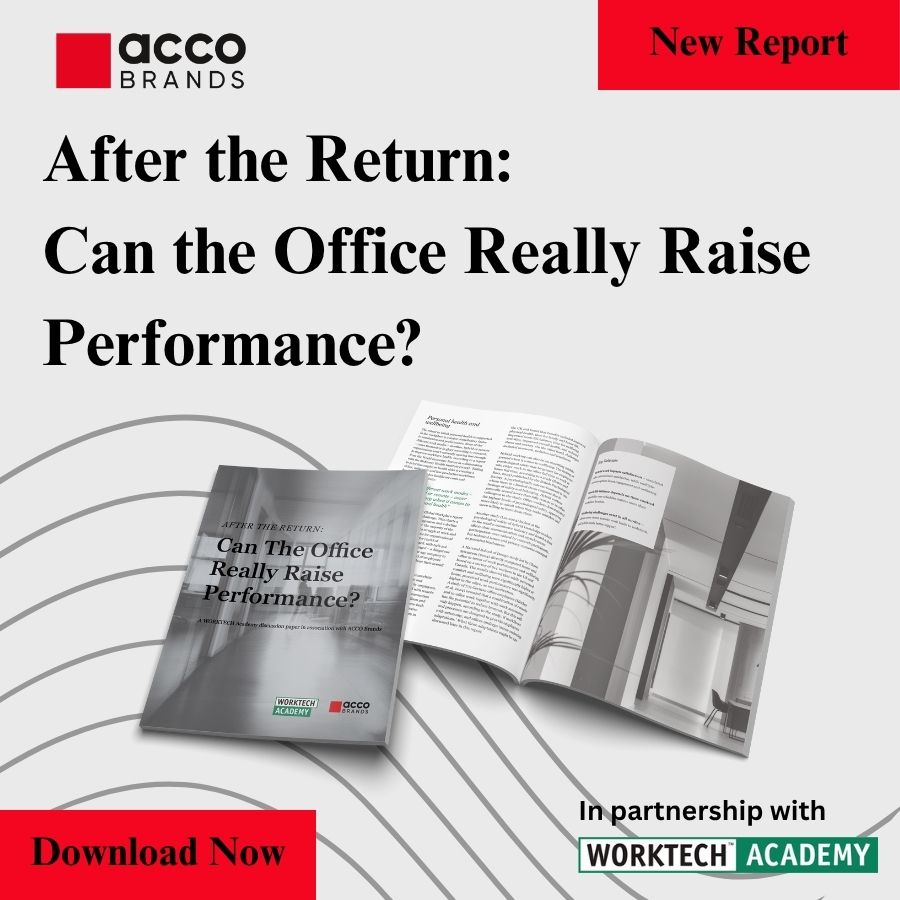Work interrupted: why not all distractions are bad for us
Creating work zones that actively encourage face-to-face interruptions could be a positive experience for employees, according to a new German research study which looked at the impact on exhaustion
Being interrupted at work is normally considered to be one of the most exhausting aspects of office life. However, according to a new study by a German research team, providing workplace zones that deliberately encourage face-to-face interruptions by colleagues may not necessarily be a bad thing—so long as there are locations onsite where people can focus without distractions when they need to.
Vera Rick and colleagues from Institut fur Arbeitswissenschaft IAW (2024) collected data from 492 German office workers on a single workday to examine how different interruptions and different characteristics of an interruption affect employees’ self-reported exhaustion. The researchers report that ‘different types of interruptions are perceived differently by workers and thus indirectly have a different impact on perceived burnout symptoms at the end of the workday’.
Positive atmosphere
Face-to-face interruptions were revealed by the study as capable of creating a positive atmosphere through personal interaction and ‘may lead the interrupted person to consider the interruption as time-worthy’. Interruptions generally break a working person’s focus – this shift of attention can cause an increase in cognitive load that can be exhausting.
The researchers claim: ‘The study underlines the importance of individual evaluation of work interruptions and that it is not the sheer number of work interruptions that matters, but the characteristics of the interruption. It is therefore crucial to look at work interruptions not only in terms of the possibility of reducing them, but also in terms of their nature and characteristics.’
The study advises companies to implement procedures that empower employees to use communication technologies in a healthy way. Employees should also be coached on the impact of their own interruptions on others.
A psychosocial matter
Much of the previous research on interruptions at work has focused on acoustics. These studies also indicate that there is some grey area regarding what is negative and distracting. Oseland and Hodsman (2015), for example, report that ‘Noise is clearly a psychophysical matter and it relates as much, if not more, to the interpretation and meaning attached to the sound and how distracting it becomes as to the sound level per se…The solution to noise distraction is as much to do with the management of the space and guidance on behaviour as it is about the design and acoustic properties.’
Acun and Yilmazer (2018) found that too quiet places can be as stressful as those with lots of noise: ‘Sounds that were not expected or out of context and those that interfere with the concentration demanding tasks caused a negative interpretation of the soundscape. . . employees were concerned with silence as much as they were concerned with the noise.’
It seems that interruptions at work today are more complex than has been considered in the past. Some are more welcome than others, and zoning office work areas can make at least some in-workplace interruptions positive experiences.
Read more of the latest research insights from Sally Augustin in Research Roundup, her regular column in the Innovation Zone for WORKTECH Academy members and partners here.
Research sources
Vera Rick, Christopher Brandi, Jens Knispel, Veneta Slavchova, Viktoria Arling, Alexander Mertens and Verena Nitsch. 2024. ‘What Really Bothers Us About Work Interruptions? Investigating the Characteristics of Work Interruptions and Their Effects on Office Workers.’ Work and Stress, vol. 38, no. 2, pp. 157-181.
Nigel Oseland and Paige Hodsman. 2015. ‘Planning for Psychoacoustics: A Psychological Approach to Resolving Office Noise Distraction.’ Prepared for Saint-Gobain Ecophon.
Volkan Acun and Semiha Yilmazer. 2018. ‘A Grounded Theory Approach to Investigate the Perceived Soundscape of Open-Plan Offices.’ Applied Acoustics, vol. 131, pp. 28-37.








